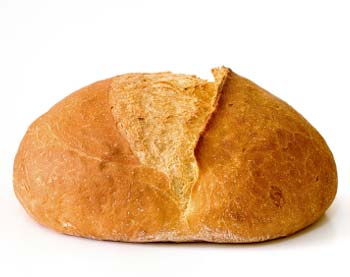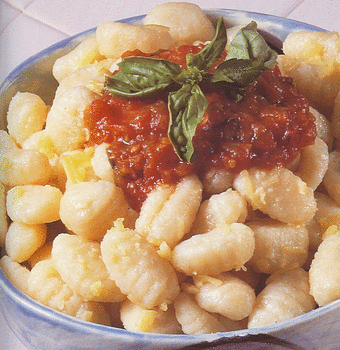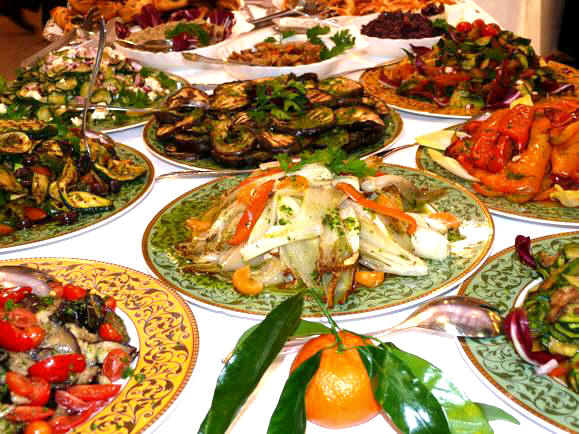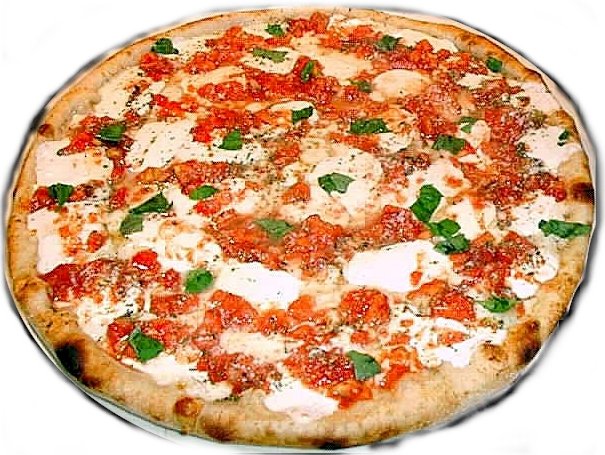Cultural Investigation
LA CUCINA ITALIANA
OUTCOMES:
-
To learn about Italian food and meals
-
To understand the link between culture and language
-
To compare two different cultures
-
To create power point presentations
-
To practice the imperative tense of verbs
TASK:
This assignment is presented in 3 sections. All the sections must be completed.
Please read the assessment rubric for every section before you begin the investigation.
Section 1:
“LA CULTURA DEL CIBO”
Italy is the country of “la bella vita”, of art, of history and … FOOD!
Eating is ‘a big deal’ in the Italian culture and sharing food is a way to show your loved ones that you care. Especially the nonni, who believe there is a close connection between love and food, so they spoil their grandchildren with traditional dishes.
Having lunch together with the whole family can take hours and hours because you have to go through l’antipasto, il primo (or i primi), il secondo (or i secondi), il contorno, i formaggi, il dolce, la frutta…
The language mirrors the culture of a country. That is why in Italian there are a lot of expressions related to food. Here are a few examples:
- The most famous is “Buon appetito!” that Italians use just before having a meal. It is a way of telling their guests to enjoy the food they are about to eat.
- If you want to complain about something with your friends or to say that something is boring you, say “Che pizza!”

- To refer to a person who is very kind and genuin, Italians say “È buono come il pane” (He is as good as bread).
 If we translate literally “Se non è zuppa, è pan bagnato” into English, it would sound like “If it is not soup, it is wet bread”. Italians use this expression to refer to two things that seem to be different but are still the same. The English equivalent is “It’s six of one and half a dozen of the other”.
If we translate literally “Se non è zuppa, è pan bagnato” into English, it would sound like “If it is not soup, it is wet bread”. Italians use this expression to refer to two things that seem to be different but are still the same. The English equivalent is “It’s six of one and half a dozen of the other”.
- “Ridi, ridi che la mamma ha fatto i gnocchi” is an expression which is used with people who are laughing and you would like them to stop. It refers to the fact that gnocchi are a very no
 urishing meal. Romans used to have gnocchi on Thursday, the day before their “penitence” day when they usually had fish.
urishing meal. Romans used to have gnocchi on Thursday, the day before their “penitence” day when they usually had fish.
(Notice the incorrect use of the article: it should be GLI gnocchi!).
- Conosci modi di dire in inglese con riferimenti alla cucina? (Do you know any English idiom which refers to food?)
- “Giovedì gnocchi” : surf the Internet and find the meaning of this expression (translation, when and why it was created…)
Please read the assessment rubric for this section.
Section 2:
I PASTI
Have a look at the main Italian meals presented in the following power point presentation and then watch this video about “la colazione italiana al bar”!
Now you are required to complete the exercises attached to this section.
Exercise 1: “I pasti”
Exercise 2: “La colazione italiana al bar”
Do not forget to read the assessment rubric carefully!
Section 3:
Cibo, cibo e ancora cibo!
The power point presentation “La cucina” leads you through the most of famous Italian dishes.
Complete the exercises related to the power point presentation and … make it happen!
 It is time for LA PROVA DEL CUOCO!
It is time for LA PROVA DEL CUOCO!
Do not forget to read the assessment rubric carefully!
BUON LAVORO e … BUON APPETITO!

